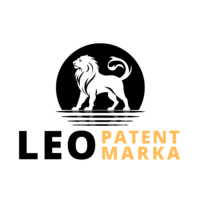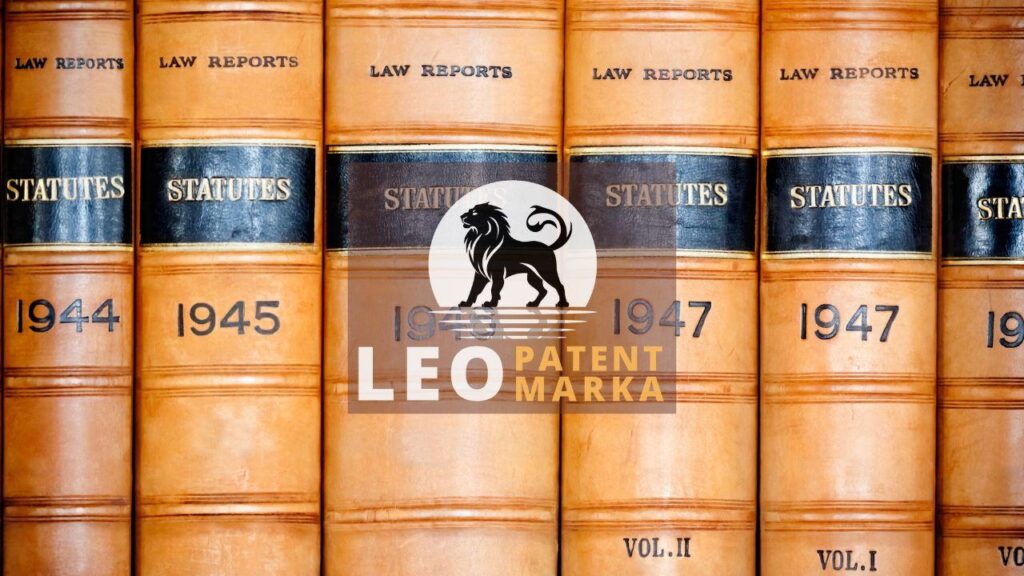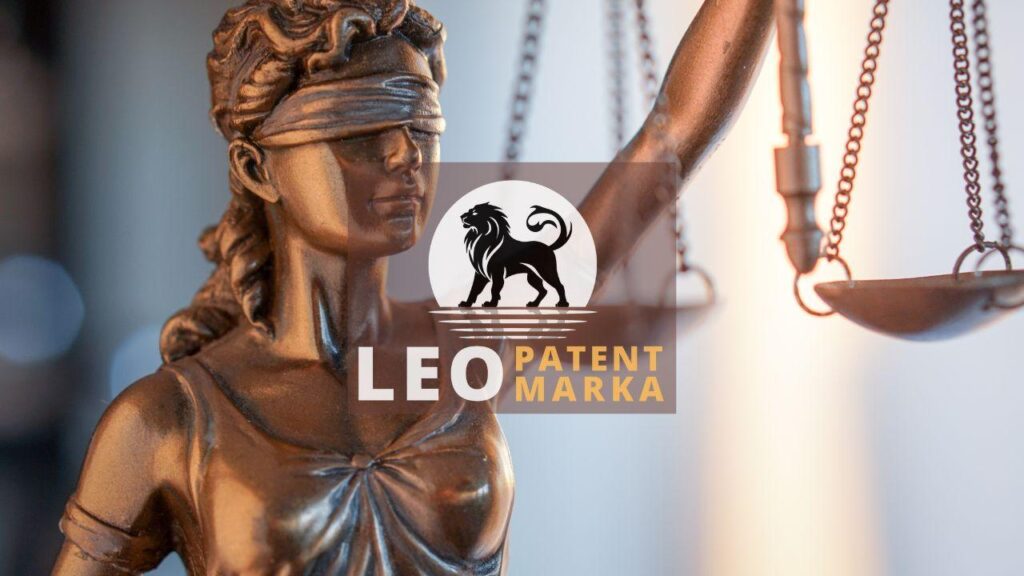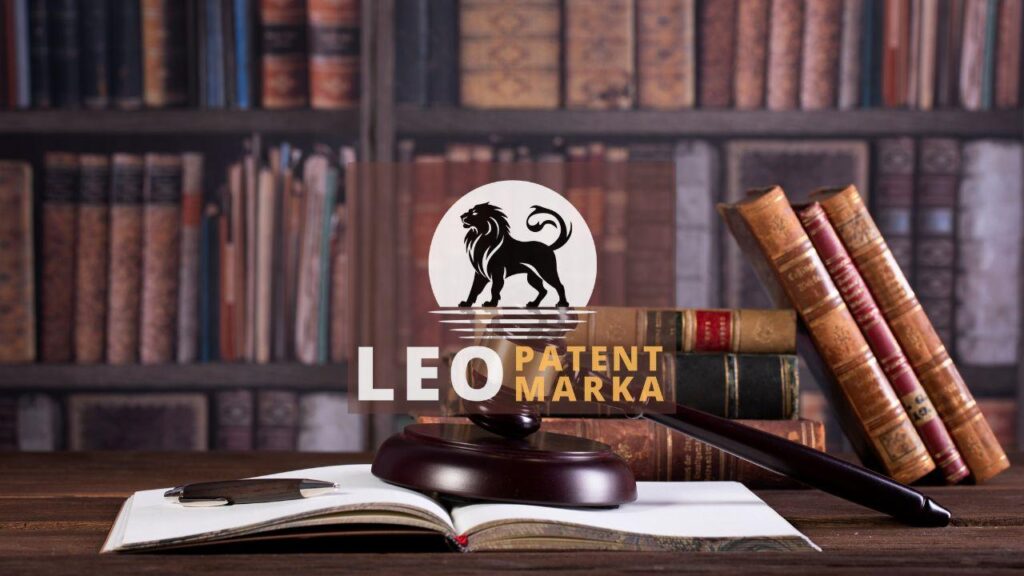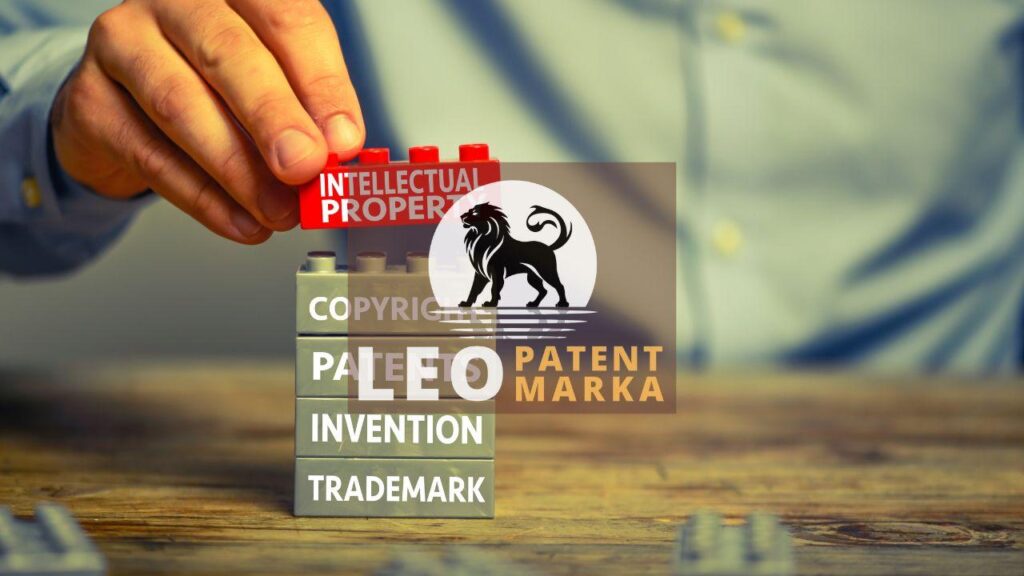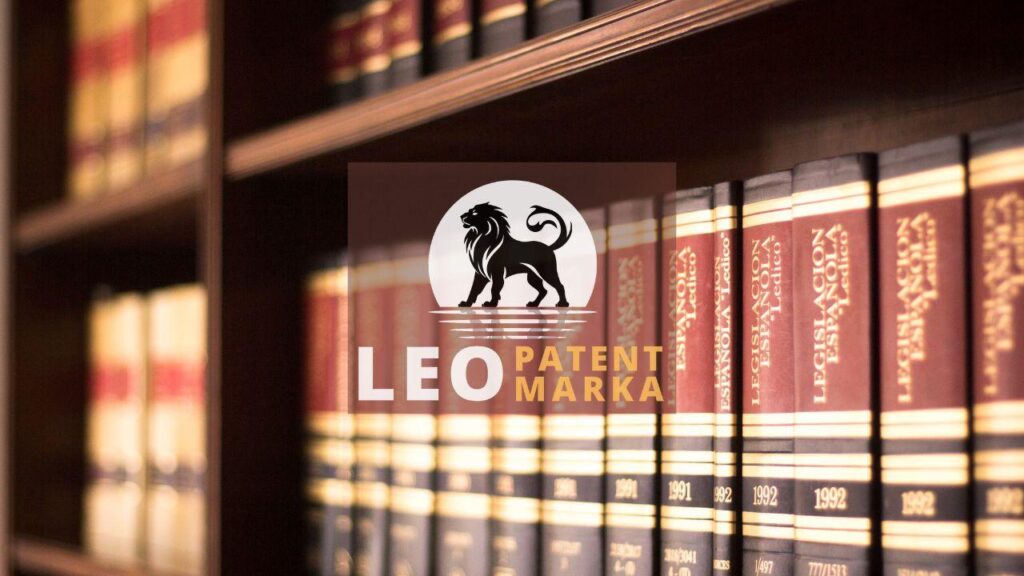Understanding patent requirements in Turkey can open up valuable opportunities for innovators and businesses looking to protect their intellectual property. Navigating Turkey patent law might seem daunting, but getting to grips with the patent application process is crucial for safeguarding your inventions. How to file patents in Turkey starts with understanding the procedural steps and legal necessities. Not being well-versed in this area can lead to delays or even rejections, costing time and money. Once you comprehend the essential patent requirements in Turkey, you’ll be on solid ground to proceed confidently. Intellectual property in Turkey, like in any other region, is a complex field that requires attention to detail to avoid pitfalls. Ensuring your application is thorough and accurate will increase your chances of approval. So why not simplify the process by familiarizing yourself with Turkey patent law and maintaining a proactive approach to securing your innovations?
Key Legal Framework Governing Patents in Turkey
Navigating the legal maze of patent requirements in Turkey begins with understanding its key legal framework. Rooted in both domestic laws and international treaties, Turkey patent law lays out the groundwork for protecting intellectual property. At its core is the Industrial Property Law of 2017, which modernized how intellectual property Turkey is managed. Comprehensively aligning with European standards, this law outlines the patent application process to ensure innovators know how to file patents Turkey without stumbling over red tape. Knowing these principles not only unlocks protection for inventions but also ensures compliance, avoiding costly missteps. Adhering to these legal requirements is your first step towards safeguarding innovations in a competitive market. With the right foundation, navigating through this framework doesn’t have to be a daunting task, promoting your efforts in securing a patent becomes a well-charted path in Turkey’s dynamic landscape.
Understanding patent requirements in Turkey requires a close look at the primary institutions responsible for administering Turkey patent law. The Turkish Patent and Trademark Office is pivotal in this process, managing everything from how to file patents Turkey to overseeing the patent application process. Innovators seeking secure protection in intellectual property Turkey must engage with this office thoroughly. This isn’t just about paperwork; it’s about ensuring each step aligns with the outlined legal criteria. Miss one requirement, and your application might end up in bureaucratic limbo. Familiarity with this system also opens doors to international protections, leveraging Turkey’s membership in treaties like the Patent Cooperation Treaty (PCT). Taking full advantage of these facilities can be a game-changer, enhancing the reach and security of your inventions worldwide. Understanding these facets is essential for anyone committed to defending their creations through Turkey’s comprehensive patent ecosystem.
Undoubtedly, a vital component of comprehending patent requirements Turkey is understanding the multifaceted Turkey patent law that governs your rights. A blend of precision and adherence characterizes the patent application process, with deadlines and documentations playing crucial roles. Ensuring documents are complete and submitted within specific timelines shields against potential setbacks. Within this framework, innovators find guidance through defined stages, from provisional applications to the examination phase. Grasping how to file patents Turkey also means recognizing the significance of detailed descriptions and claims, pivotal elements in the intellectual property Turkey landscape. Navigate wisely through these procedures, and you unlock more than legal protection; you ensure the intellectual depth of your inventions is recognized and respected. By doing so, you lay down the stepping stones to potential innovation success within Turkey’s patent system.
Navigating the Patent Application Process: Steps and Tips
Beginning the patent application process in Turkey might feel like trying to crack a tough nut, but it’s manageable once you know the steps. The journey kicks off with a thorough understanding of the patent requirements Turkey has in place. First, understand the need for novelty and industrial applicability, the bedrock of Turkey patent law. Gather all necessary documents meticulously, as missing details can sink your application before it even sets sail. In the early stages, research is your best friend; check existing patents to ensure originality. As you proceed, follow the patent application process closely, so no stone is left unturned. Remember, how to file patents Turkey is not just about ticking boxes; it’s about crafting a compelling case for your intellectual property Turkey can’t resist approving. Keep your focus sharp, as a misstep now can cost you time—and worth its weight in gold, energy—down the road.
Navigating the patent application process in Turkey is akin to plotting a course on a complex map. Turkey patent law demands precision and foresight, stressing the need for a clear comprehension of each step. Start with preparing a concise abstract and detailed description of your invention—both elements critical to the patent requirements Turkey enforces. Pay close attention to claims, as they define the protection’s scope. Engage a patent attorney for guidance through the intricate process, ensuring no oversight in aligning with the intellectual property Turkey guidelines. Always adhere to prescribed timelines, as delays can throw a wrench in the works, affecting your patent application process. Essentially, knowing how to file patents Turkey isn’t just practical; it’s a savvy dance between diligence and adaptability. Follow these paths, and you’re more likely to secure the recognition your innovation deserves, paving the way for undisputed ownership rights.
Embarking on the patent application process in Turkey requires a strategy as sound as a steel trap. Your first move? Understand the core patent requirements Turkey stipulates, bringing clarity to your path. Think of the Turkish Patent Institute as a gatekeeper; learning its language is non-negotiable. Avoid common pitfalls by clearly articulating the inventive step your creation embodies, a vital cog in the Turkey patent law machine. Collaborate with a patent attorney, using their insights to steer clear of missteps. Timing is everything; ensure you lodge all documents promptly, lest you find yourself stumbling over missed deadlines. How to file patents Turkey is more than procedure—it’s about precision and attention to detail in every submission facet. Protect your intellectual property Turkey style by embracing this process with a checklist in hand, methodically ticking each box. Success here means knowing every step and applying it like clockwork, ensuring a smooth transition to approval.
Common Challenges and Solutions in Securing Patents in Turkey
When dealing with patent requirements in Turkey, several stumbling blocks may crop up. The patent application process can be a maze, especially when deciphering the subtle intricacies of Turkey patent law. Missteps can happen at any stage, from misunderstandings of key legal terms to incorrect documentation. These bumps can slow down your patent journey and add unnecessary stress. But don’t be disheartened. Understanding how to file patents in Turkey isn’t as Herculean a task as it may seem. Solution-focused actions can make all the difference. Research your intellectual property thoroughly and ensure a meticulous approach to documentation; this is your shield against rejections. Additionally, seeking local expertise familiar with the ins and outs of intellectual property in Turkey can guide you around common pitfalls, ultimately smoothing your path to securing that all-important patent protection.
Navigating the patent application process in Turkey comes with its fair share of hurdles. First, consider the language barrier; legal documents and terminologies in Turkish can create confusion if you’re not fluent. Engaging a reliable translator can help bridge this gap, making it easier to understand Turkey patent law intricacies. Next comes adapting to local regulations, which may differ considerably from those in your home country. Keeping abreast of these changes is vital—failing to do so could derail your application. Another common issue is the lack of thorough research on existing patents, potentially leading to overlaps that might challenge your application’s uniqueness. To counter this, delve deeply into intellectual property in Turkey with the help of seasoned professionals who can guide your search effectively. Lastly, always keep your documentation in order; precision can make or break your patent filing. Each step, when done right, builds a robust foundation for your patent journey.
Navigating the waters of securing patents in Turkey requires strategic planning and a touch of finesse. One common obstacle is dealing with the pace of the patent application process itself. Sometimes, progress stalls unexpectedly, causing frustration. Bear in mind, the Turkish patent authority operates on its own schedule, and pushing in haste might backfire. Instead, plan your timeline with patience in mind. Understand that thoroughness wins the race. Dive into research about existing intellectual property Turkey houses. This knowledge fortifies your application, ensuring your invention stands out. Also, leverage the expertise of local consultants who are masters in Turkey patent law. They can pinpoint nuances that international applicants might miss. If you hit a snag, remember, solutions often lie tucked within the layers of understanding Turkey’s regulations. Embrace flexibility in your approach, and your path to fulfilling patent requirements Turkey demands could be far smoother than you imagine.
Disclaimer: This article is for general information purposes only and it is recommended that you consult experts and companies in that field to evaluate your specific situation. We are not responsible for any damage that may arise from the use of the information in this article.
